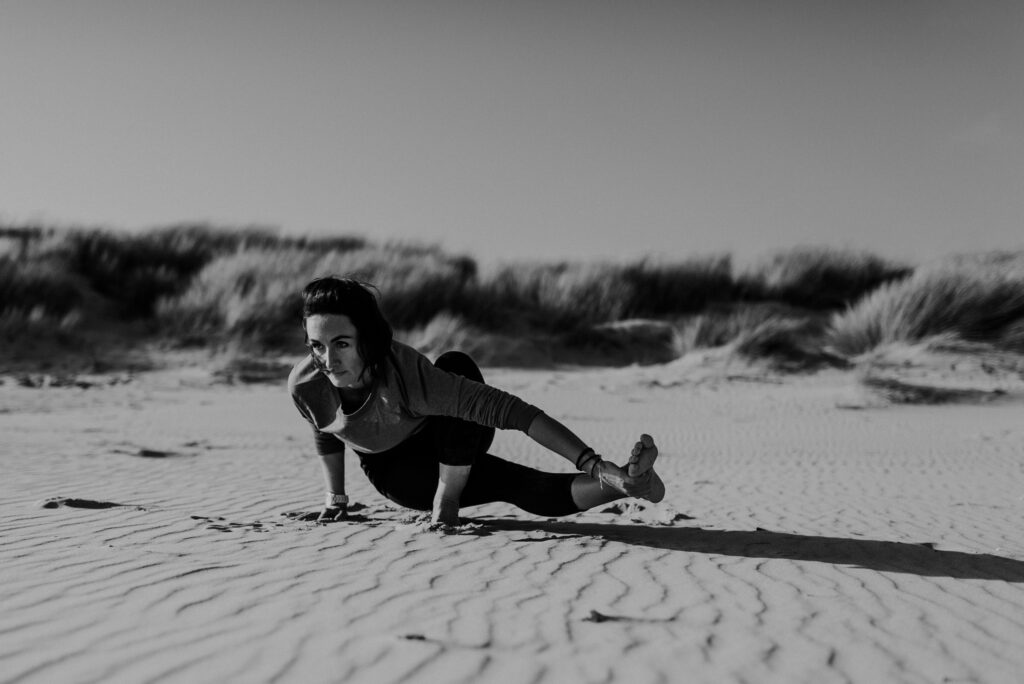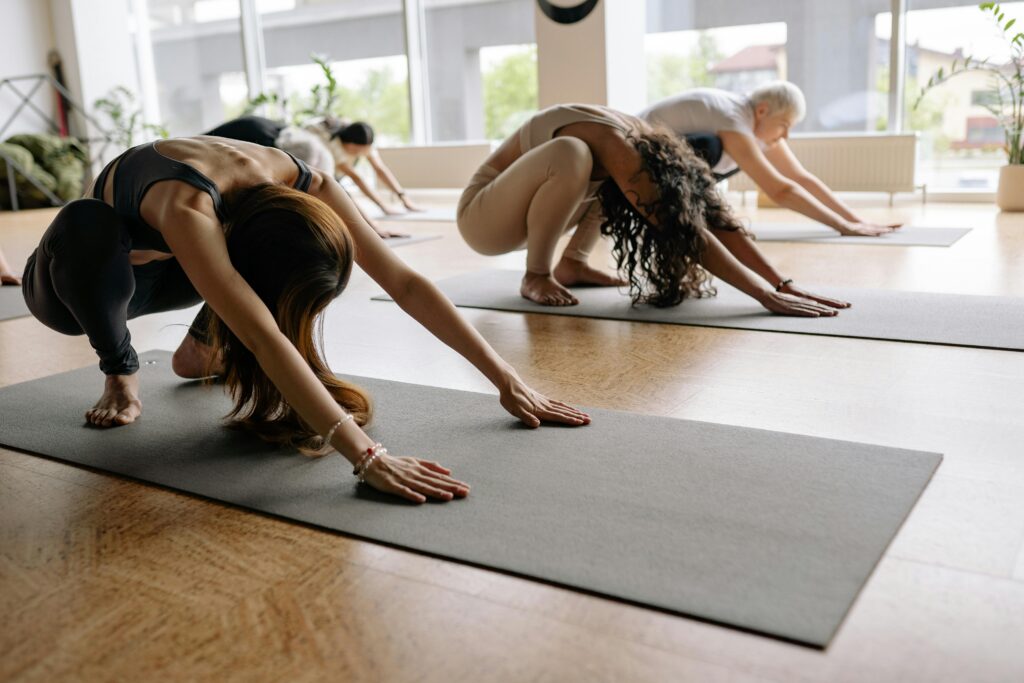
The 8 Limbs of Yoga
A Roadmap to Enlightenment
Yoga is often seen as a physical practice, with images of bendy bodies and downward-facing dogs filling our minds. While the physical postures, or asanas, are indeed an important part of yoga, they are just one piece of a much larger puzzle.
There are countless texts and philosophies relating to yoga including the ancient Vedas and the Bhagavad Gita. But a good introduction and place to start are the Yoga Sutras of Patanjali and his division of yoga into 8 parts, The 8 limbs of yoga.
The Yoga Sutras of Patanjali, an ancient text considered the foundation of yogic philosophy, outlines an eight-limbed path to enlightenment. These eight limbs, each building upon the last, provide a holistic approach to transforming our lives and finding inner peace. Here, we will explore the 8 limbs of yoga and how they can lead to a roadmap to enlightenment.
The First Two Limbs: Yamas and Niyamas
The first two limbs, Yamas and Niyamas, lay the ethical and moral foundation for the yoga practice. Yamas are five ethical restraints that guide our outward behavior towards others: Ahimsa (non-violence), Satya (truthfulness), Asteya (non-stealing), Brahmacharya (wise use of energy), and Aparigraha (non-possessiveness). Niyamas, on the other hand, are five observances that cultivate self-discipline and inner harmony: Saucha (cleanliness), Santosha (contentment), Tapas (austerity), Svadhyaya (self-study), and Ishvara Pranidhana (surrender to a higher power).
The Third Limb: Asana
Now we arrive at the familiar territory of physical postures. Asana practice is about finding stability and ease in the body, preparing it for deeper meditative states. It’s not about achieving perfect Instagram-worthy poses, but about moving the body with awareness and respect. Yoga asana can be a playground for curiosity. Instead of rigidly striving for perfect form, approach each pose with a playful spirit. Experiment with different variations, feel your breath move through your body, and see how each twist, turn, or stretch feels unique from day to day. This sense of exploration ignites a love for learning your body’s capabilities and limitations, transforming your practice into a journey of discovery.
The Fourth Limb: Pranayama
Pranayama, the art of breath control, is the bridge between the physical and mental aspects of yoga. By regulating our breath, we gain mastery over our prana, or life force energy. Different pranayama techniques can energize, calm, or detoxify the body and mind.
Pranayama, offers a multifaceted approach to well-being. On a spiritual level, pranayama can cultivate mindfulness by directing awareness to the breath, fostering a sense of presence and inner peace. Mentally, it can significantly reduce stress and anxiety, while also improving cognitive function, memory, and focus. Physically, pranayama strengthens the respiratory system, enhancing lung capacity and potentially aiding in respiratory conditions. Overall, pranayama provides a powerful tool for integrating physical, mental, and spiritual health.
The Fifth Limb: Pratyahara
Pratyahara is the withdrawal of the senses from the external world. It’s about learning to let go of distractions and turn our attention inwards. This inward focus allows us to experience deeper states of meditation.
While it doesn’t mean completely shutting out the world, it involves turning your inward focus and reducing the outward pull of sensory experiences. Here are a few ways to practise pratyahara:
- Through Asana: During yoga poses (asanas), instead of getting caught up in perfecting the pose externally, use your breath to become aware of internal sensations in your body.
- Mindful observation: Practice observing sights, sounds, smells, tastes, and touches without judgment. Simply acknowledge them and let them go, bringing your attention back to your breath.
- Sensory deprivation: This can be done in a safe and controlled way. Briefly close your eyes, cover your ears, or sit in a quiet, dimly lit room. Notice how your mind reacts to the lack of stimulation.
- Digital detox: In our hyper-connected world, take breaks from screens and digital devices. This allows your mind to settle and reduces sensory overload.
- Focus on the breath: Pranayama (breathwork) is a powerful tool for pratyahara. By focusing on your breath, you naturally withdraw attention from external stimuli.
The Sixth and Seventh Limbs: Dharana and Dhyana
Dharana and Dhyana are often referred to as concentration and meditation, respectively. Dharana is the ability to focus the mind on a single point, such as the breath or an object. Dhyana is the state of effortless, one-pointed awareness that arises from sustained concentration.
The Eighth Limb: Samadhi
Samadhi is the culmination of the yoga journey, a state of blissful union with the divine. It’s a state of perfect peace and awareness, beyond the limitations of the mind and ego.
Walking the Path
It’s important to remember that the eight limbs of yoga are not a linear progression to be conquered one by one. They are more like a spiral, revisited and refined throughout our lives. As we practise, we may find ourselves drawn to different limbs at different times, depending on our needs and the circumstances of our lives.
The beauty of the eight limbs of yoga is that they offer a practical and accessible path to personal transformation. Whether you’re seeking physical fitness, mental clarity, or spiritual growth, the eight limbs have something to offer everyone. So, step onto the mat, breathe deeply, and embark on your own unique yoga journey.
Remember, yoga is not about achieving perfection, but about taking one step at a time on the path to wholeness.
If you’d like more information on yoga philosophy please contact me or book here to practise with me in Marlow, Twickenham and online.
With love
Anney xx




